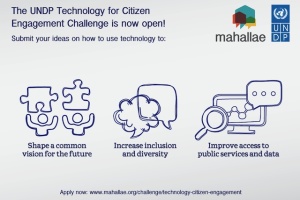 I really cannot emphasize enough the importance of keeping your records regarding volunteers up-to-date…
I really cannot emphasize enough the importance of keeping your records regarding volunteers up-to-date…
“Ada” was a volunteer for two years with a very-well known national organization’s state affiliate. She was very active with the organization in that time, taking on a number of high-responsibility roles and helping to increase the number of attendees at local events. But a conflict with an employee lead Ada to end her volunteering. There was no dramatic departure: she simply stopped taking on new volunteering tasks, stopped attending volunteer meetings, and let her membership lapse. Not one person from the agency contacted her to say, “Hey, where’d you go?!?” Ada always assumed they hadn’t noticed – or were happy that she was gone. A year after she left the organization, she moved to a city almost two hours away.
Imagine Ada’s surprise when, three years after she left the organization, she gets a very friendly email from the director of individual giving from the organization, talking about something that happened in the town where she used to live. The email wasn’t addressed to anyone specifically, such as “Dear volunteers in such-and-such town”, but given the informal, chatty nature of the email, it was obvious that that’s who it was supposed to be going to. As Ada had been gone from the organization for three years, didn’t live in the city mentioned anymore, and had never heard of the person that was writing her this oh-so-chatty email, she was shocked. And a bit put off.
“They didn’t even notice when I didn’t renew my membership and I stopped volunteering,” she said. “And now, three years later, they write me as though we’re the best of friends?”
By not noticing the departure of this volunteer, by not updating its database to reflect that she had withdrawn, and by contacting someone who obviously had disengaged with the program for quite a while now with a message that made it seem like they were still involved and happy with the organization, this organization now has an even more entrenched negative reputation as being incompetent and/or insensitive with this volunteer. Ada may bring this up to her Facebook friends. She may bring it up in social gatherings with friends and family. She may bring it up to co-workers. And it’s that kind of word-of-mouth experience that people really, really listen to.
Also see:
- How to get rid of volunteers
- latest moment of volunteer management madness
- I’m a Frustrated Volunteer
- Making certain volunteers feel unwelcomed because of your language
- Basic Customer Database Principles
- Keeping Volunteer Information Up-to-Date
- No complaints means success?
- Is your organization a buzz kill?
- What you say vs. what you do re: volunteers
- The volunteer as bully = the toxic volunteer



